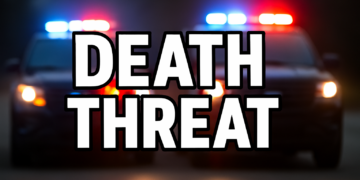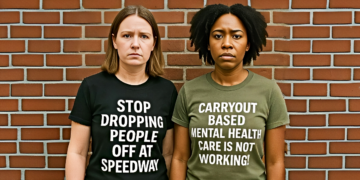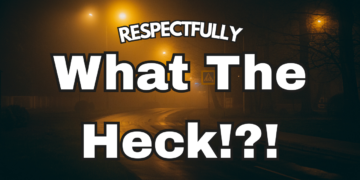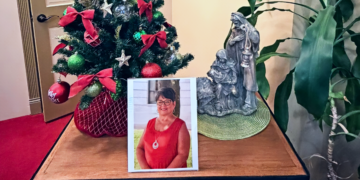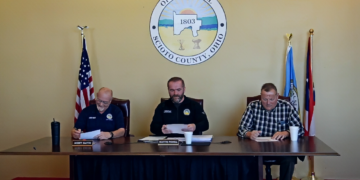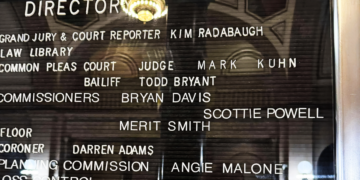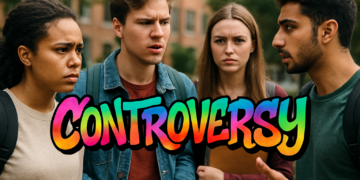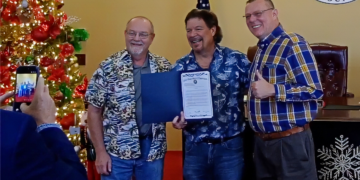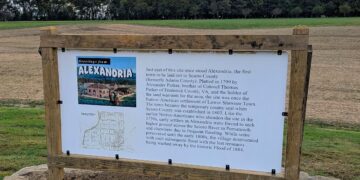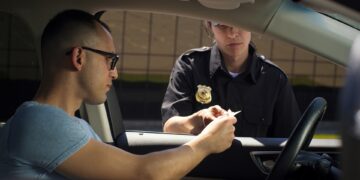Multi-vehicle accidents on the highway can be devastating, involving several cars and resulting in severe injuries and property damage. If you’re ever involved in such an accident or know someone who is, it’s essential to understand the next steps. These complicated situations require careful attention to detail and a thorough understanding of the claims process.
It’s essential to prioritize safety, seek medical attention, gather evidence, and consult with an experienced injury lawyer to ensure fair compensation. Understanding your rights and taking the right actions can make a significant difference in the outcome of your claim.
Why Are Multi-Vehicle Accidents More Complicated?
A multi-vehicle accident sometimes called a pile-up or chain-reaction crash, is when three or more vehicles are involved in a collision. These accidents can happen in many ways, but they often occur when one crash causes another, and then another, like a domino effect on the road.
Multi-vehicle accidents are trickier to deal with for a few reasons:
- It’s harder to figure out who caused the accident.
- More people are involved, which means more insurance companies to deal with.
- The damages can be more severe and spread across multiple vehicles.
- Figuring out who pays for what can be like solving a complicated math problem.
Now that we understand what we’re dealing with, let’s look at the key things you need to consider when handling these types of claims.
Key Considerations When Dealing with Multi-Vehicle Car Accident Claims
1. Determining Fault
One of the biggest challenges in multi-vehicle accidents is determining who caused the accident. This is important because it affects who has to pay for the damages and injuries.
To figure out who’s at fault, investigators look at things like:
- Police reports
- Witness statements
- Photos and videos of the accident
- The damage to each car
- Road conditions at the time of the accident
Sometimes, more than one person might be at fault. This is called “shared fault,” and it can make things even more complicated.
2. Dealing with Multiple Insurance Companies
When multiple cars are involved in an accident, you might have to talk to several insurance companies. This can be confusing and overwhelming.
Here are some tips to help:
- Be careful what you say – anything you tell them could be used against you
- Don’t accept the first offer they make – it’s usually too low
- Keep good records of all your conversations with insurance companies
- Consider getting help from a professional, like a lawyer
If you’re having difficulty finding a lawyer, you can use resources like ServeTheInjured, an injury law firm directory that can help you find the right legal help. Having a lawyer on your side can make a big difference in complicated cases like these.
3. Gathering Evidence
In a multi-vehicle accident, evidence is super important. The more evidence you have, the easier it is to prove what happened and who’s responsible.
If you’re ever in a multi-vehicle accident, try to gather:
- Photos of all the cars involved
- Contact information for all drivers and witnesses
- A copy of the police report
- Medical records if you’re injured
Remember, safety comes first. Only collect evidence if it’s safe to do so.
4. Understanding Insurance Coverage
Different types of insurance might come into play in a multi-vehicle accident. It’s important to understand what kind of coverage each person involved has.
Some common types of insurance include:
- Liability insurance (covers damage you cause to others)
- Collision insurance (covers damage to your car)
- Personal injury protection (covers your medical bills)
- Uninsured/underinsured motorist coverage (helps if someone doesn’t have enough insurance)
Knowing about these different types of insurance can help you understand what kind of compensation you might be able to get.
5. Dealing with Injuries
Multi-vehicle accidents often cause more serious injuries because there are more cars involved and the crashes can be more violent.
Some common injuries include:
- Whiplash
- Broken bones
- Head injuries
- Cuts and bruises
- Back and neck injuries
It’s important to get medical help right away, even if you don’t think you’re badly hurt. Some injuries don’t show up right away.
6. Time Limits for Filing Claims
There’s a time limit for how long you have to file a claim after an accident. This is called the statute of limitations.
If you wait too long to file your claim:
- You might not be able to get any money for your injuries or damages
- Evidence might disappear or be harder to find
- Witnesses might forget important details
It’s important to start working on your claim as soon as possible after the accident.
7. Understanding Comparative Negligence
In some cases, more than one person might be partly responsible for the accident. This is called comparative negligence.
Under comparative negligence:
- Each person is assigned a percentage of the fault
- The amount of money you can get is reduced by your percentage of fault
- In some places, if you’re more than 50% at fault, you might not be able to get any money at all
This can make multi-vehicle accident claims even more complicated.
8. The Importance of Police Reports
Police reports are really important in multi-vehicle accidents. They provide an official record of what happened.
A police report usually includes:
- A diagram of the accident
- Statements from drivers and witnesses
- The officer’s opinion on what caused the accident
- Information about road and weather conditions
Make sure to get a copy of the police report for your records.
9. Dealing with Property Damage
In multi-vehicle accidents, there’s often a lot of damage to cars and other property.
Here are some tips for dealing with car damage:
- Get multiple estimates for repairs
- Don’t let the insurance company pressure you into using their preferred repair shop
- Keep all receipts for repairs and rental cars
- Take pictures of the damage before repairs are made
10. Seeking Legal Help
Because multi-vehicle accidents are so complicated, it’s often a good idea to get help from a lawyer who knows about these kinds of cases.
A lawyer can:
- Help you understand your rights
- Deal with insurance companies for you
- Make sure you don’t miss important deadlines
- Fight to get fair compensation for your injuries and damages
Remember, many lawyers offer free consultations, so you can talk to them before deciding if you want to hire them.
Avoiding Pitfalls in Multi-Vehicle Accident Claims
When dealing with multi-vehicle accident claims, stay calm and organized by keeping all documents, including police reports and medical records, in one place. Communicate clearly with insurance companies, providing nec
essary information and responding immediately to requests.
Don’t acc
ept the first settlement offer without reviewing it carefully and considering whether it covers all expenses, including medical bills and car repairs – you have the right to negotiate for a fair settlement.
Conclusion
Dealing with car accident claims involving multiple vehicles can be challenging. There are lots of things to think about, from figuring out who’s at fault to dealing with insurance companies and injuries. By understanding these key considerations, you’ll be better prepared if you ever find yourself in this situation. Remember, safety always comes first, and don’t be afraid to ask for help if you need it.



